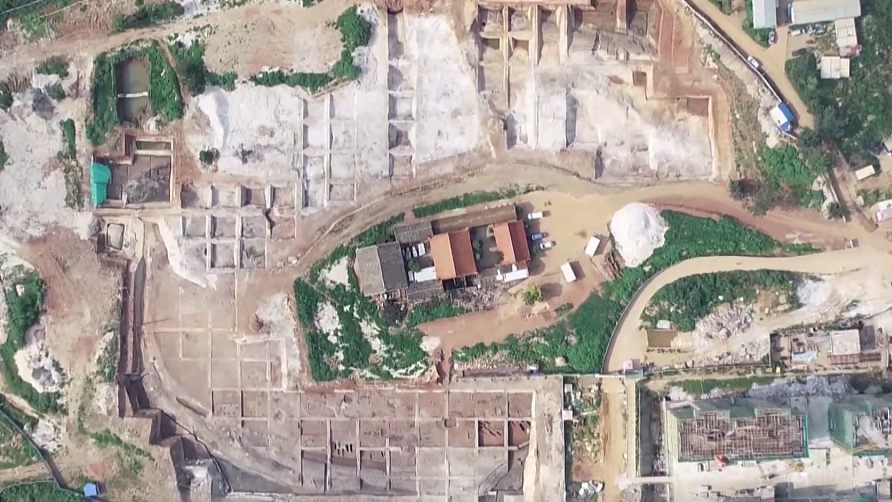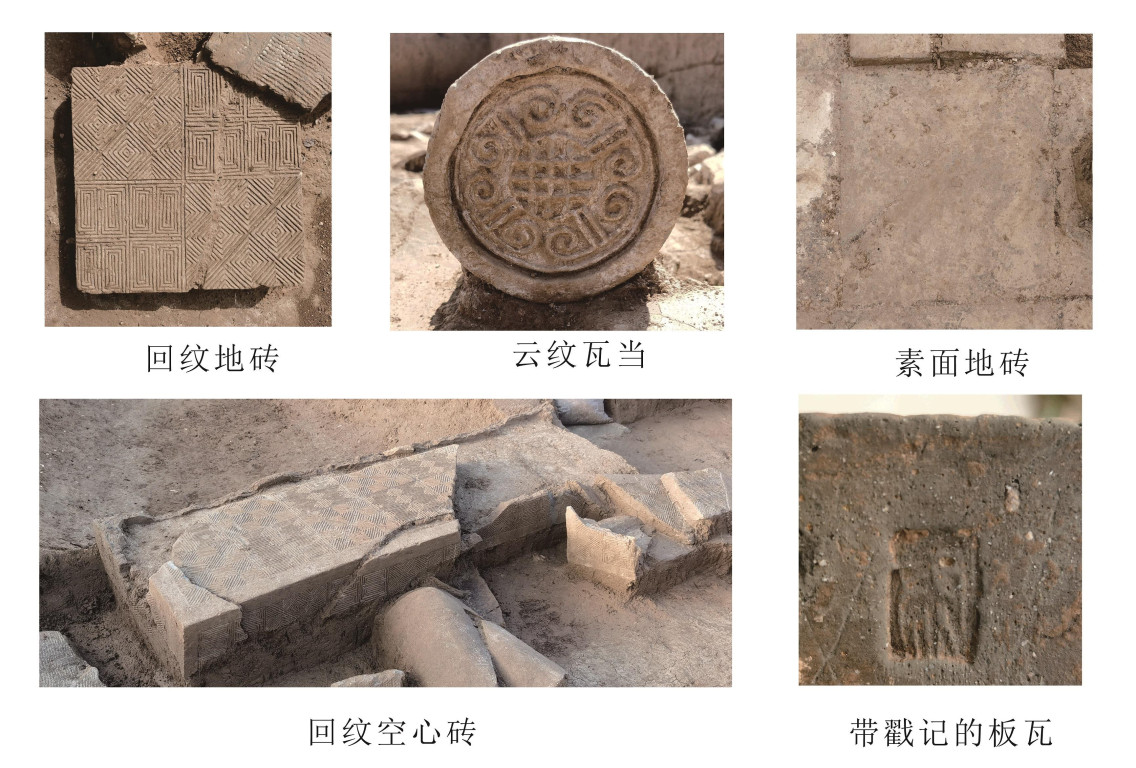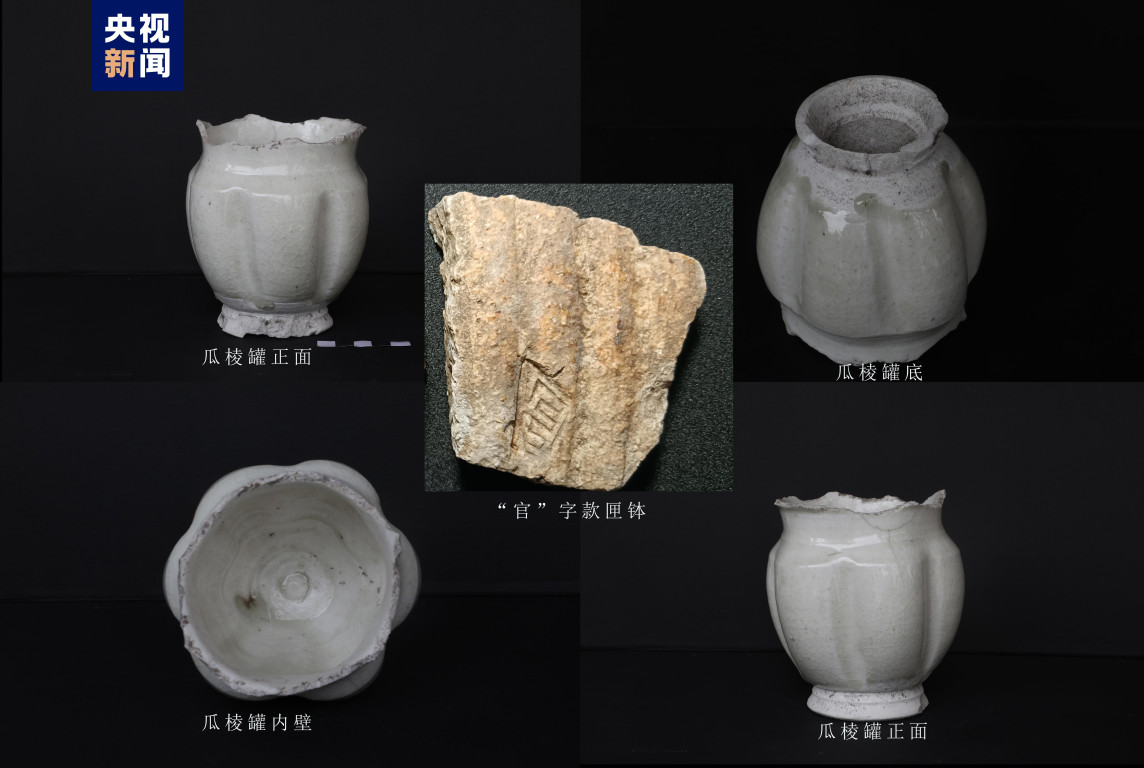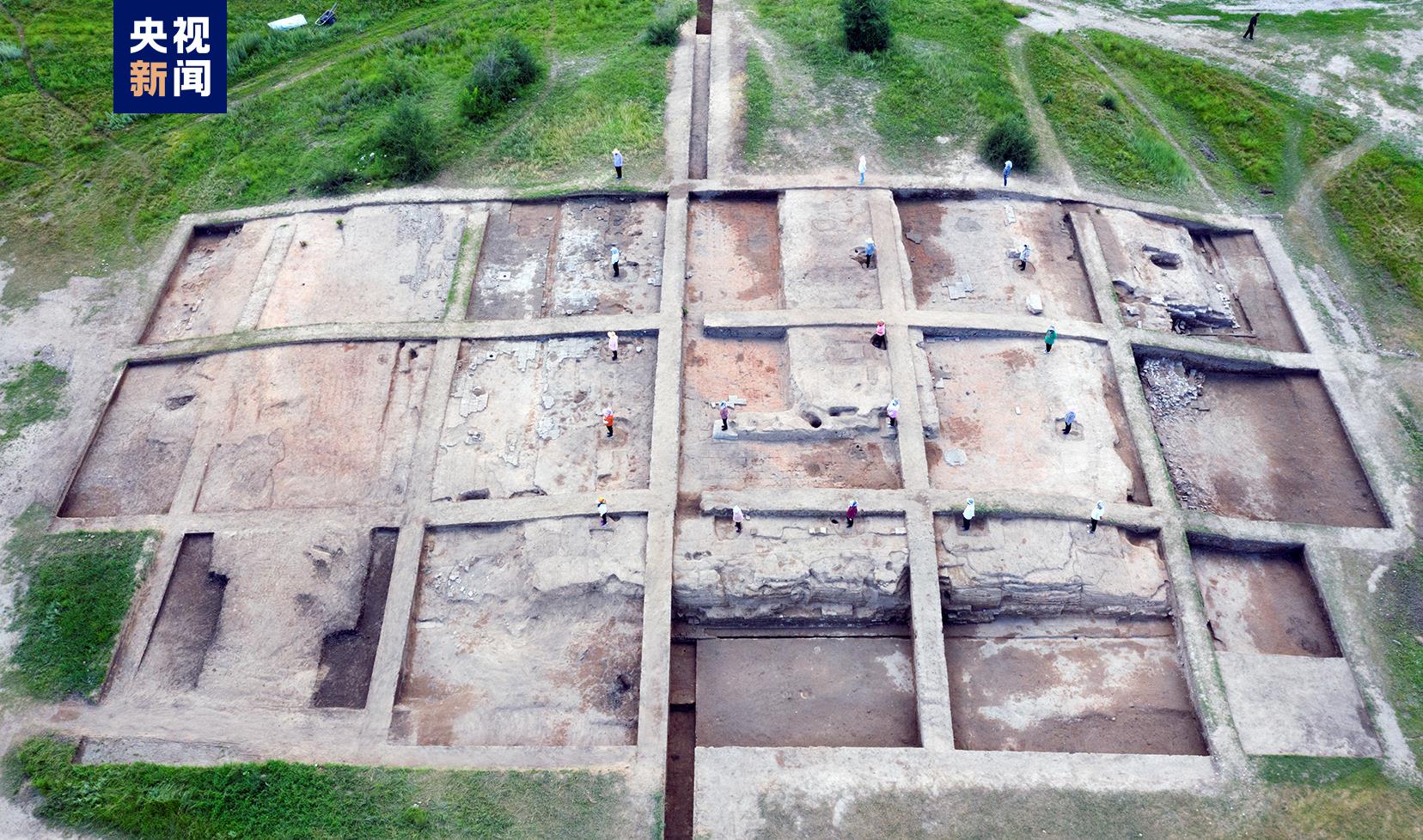
An aerial view of the Jinning Ancient Village Site in Kunming, southwest China's Yunnan Province /CFP
An aerial view of the Jinning Ancient Village Site in Kunming, southwest China's Yunnan Province /CFP
The National Cultural Heritage Administration revealed five important archaeological achievements discovered by the "Archaeological China" project on Wednesday.
Shangyi Sitai Ruins, Zhangjiakou, north China's Hebei Province
A group of houses found at the Shangyi Sitai Ruins site have confirmed the emergence of early settled villages in northern China. They show the development and transition of human life from the nomadic era of the Paleolithic Age to the gradual settlements seen in the early Neolithic Age.
The microlithic industries found here inherit the tradition of fine cuneiform stone technology dating back more than 10,000 years to the Nihewan Basin. They demonstrate the continuity between culture and population while providing examples and direct evidence for the study of the transition between the ancient and Neolithic Ages in northern China.
Jinning Ancient Village Site, Kunming, southwest China's Yunnan Province
The ancient village site at Jinning is an entirely intact settlement surrounded by a circular trench dating back to the Shang (1600-1100 B.C.) and Zhou (1100-221 B.C.) dynasties, unearthed for the first time in an area known for its ancient Chinese Dian culture and related characteristics.
The site provides crucial evidence for research into this form of settlement, its means of subsistence, the composition of its ethnic groups, and the environmental changes witnessed at the ancient Dianchi Lake before the emergence of Yunnan culture.

Cultural relics unearthed in Lixian Sijiaoping Site, Longnan, northwest China's Gansu Province /CMG
Cultural relics unearthed in Lixian Sijiaoping Site, Longnan, northwest China's Gansu Province /CMG
Lixian Sijiaoping Site, Longnan, northwest China's Gansu Province
Lixian Sijiaoping is a large-scale architectural site from the Qin Dynasty (221B.C.-207B.C.). It is composed of a square rammed earth platform in the center, four groups of auxiliary buildings facing the four sides of the earth platform, and a quadrangular curved auxiliary building.
These buildings may have been dedicated to ritual sacrifices, and offer an important academic insight into the study of the politics, ritual systems and architectural history of the Qin Dynasty.

Cultural relics unearthed from the Helan Suyukou Porcelain Kiln Site, Yinchuan, northwest China's Ningxia Hui Autonomous Region. /CMG
Cultural relics unearthed from the Helan Suyukou Porcelain Kiln Site, Yinchuan, northwest China's Ningxia Hui Autonomous Region. /CMG
Helan Suyukou Porcelain Kiln Site, Yinchuan, northwest China's Ningxia Hui Autonomous Region
The Helan Suyukou Porcelain Kiln Site is the earliest Western Xia porcelain kiln site discovered to date, and a discovery that reveals a completely different type of kiln industry. It is the first time that the firing techniques employing enamel seals in saggars have been seen on a large scale outside Zhejiang Province, and the first time that the porcelain-making technique of using quartz in the body of the porcelain, glaze and saggars has been discovered in northwest China.
The complexity of the kiln industry at the site also reflects the history of economic and cultural exchanges between the Song (960-1276) and Western Xia (1038-1227) dynasties.

An aerial view of Foundation Site of No. 1 building, Bairin Left Banner,north China's Inner Mongolia Autonomous Region. /CMG
An aerial view of Foundation Site of No. 1 building, Bairin Left Banner,north China's Inner Mongolia Autonomous Region. /CMG
Foundation Site of No. 1 building, Bairin Left Banner,north China's Inner Mongolia Autonomous Region
The foundation site of the No. 1 building discovered in Bairin Left Banner reveals the largest structure found in the southern part of Shangjing – the ancient capital of the Liao Dynasty. This building had undergone large-scale reconstruction on three separate occasions over the Liao (907-1125) and Jin (1115-1234) dynasties, but its axis and orientation remained unchanged.
According to the history of the Liao Dynasty, important buildings such as the Confucius temple, imperial college, monastery, and Taoist temple were all located in the southwest of the capital, providing clues to the important nature of the No. 1 foundation site.
Guan Qiang, deputy director of the National Cultural Heritage Administration, said the five crucial achievements revealed in this recent announcement were a vivid reflection of China's prehistoric culture and social development, and a demonstration of the amazing historical achievements attained in Chinese civilization.